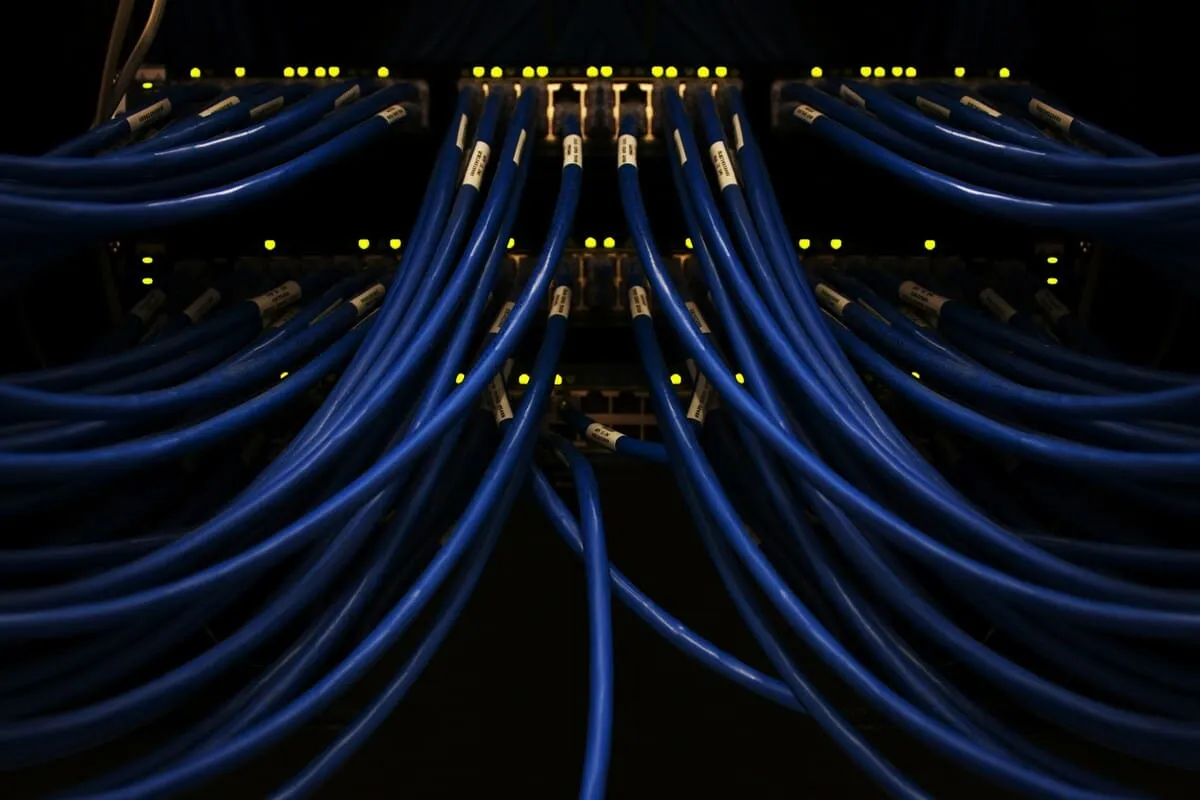Every device connected to the internet has an IP address. It’s like a mailing address for sending and receiving data online.
But not all IP addresses look the same - and that’s where IPv4 and IPv6 come in.
What is IPv4?
IPv4 is the older and still most widely used version of the Internet Protocol.
It uses a 32-bit address format, which looks like this:
192.0.2.1
It allows for about 4.3 billion unique addresses. When IPv4 was created, that seemed like more than enough - but with smartphones, laptops, and smart devices everywhere, those addresses started running out.
What is IPv6?
IPv6 is the newer version of the Internet Protocol, designed to replace IPv4.
It uses a 128-bit format, which looks like this:
2001:0db8:85a3:0000:0000:8a2e:0370:7334
This allows for 340 undecillion addresses - that’s 340 followed by 36 zeroes. More than enough for every device on Earth, many times over.
Key Differences
| Feature | IPv4 | IPv6 |
|---|---|---|
| Address length | 32 bits | 128 bits |
| Format | 4 numbers (e.g. 192.0.2.1) | 8 groups of hex (e.g. 2001:db8::1) |
| Total addresses | ~4.3 billion | ~340 undecillion |
| Launched | 1983 | 1998 |
| NAT required? | Yes (usually) | No (designed to remove NAT) |
What’s NAT?
NAT (Network Address Translation) is a method used in IPv4 networks to let multiple devices share a single public IP address.
For example, at home, your phone, laptop, and TV might all connect through one router - and that router uses NAT to route traffic between them and the internet.
IPv6 was designed to give every device its own unique public IP address, so NAT isn’t necessary in the same way. That’s one of its key differences.
Why It Matters
IPv4 is still the default in many places - most websites, routers, and devices still rely on it. But IPv6 adoption is growing steadily.
Some devices and connections may have both IPv4 and IPv6 assigned. Others may use just one. In some cases, IPv6 connections are faster or more direct.
Summary
IPv4 and IPv6 are just different ways of identifying devices on the internet.
- IPv4 is shorter and older
- IPv6 is longer and built for the future
Both serve the same purpose - but IPv6 was designed to handle the scale of today’s internet.
Photo by Scott Rodgerson on Unsplash
